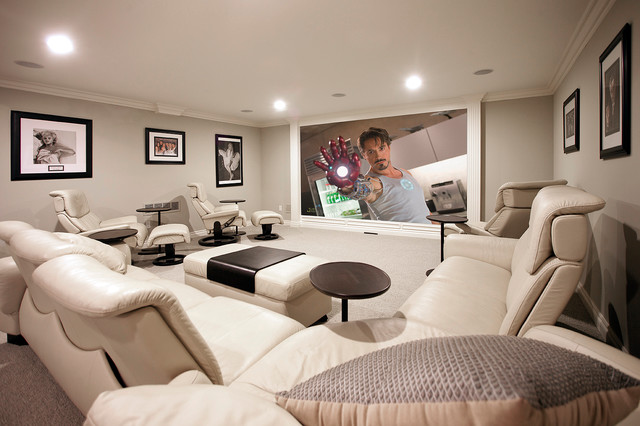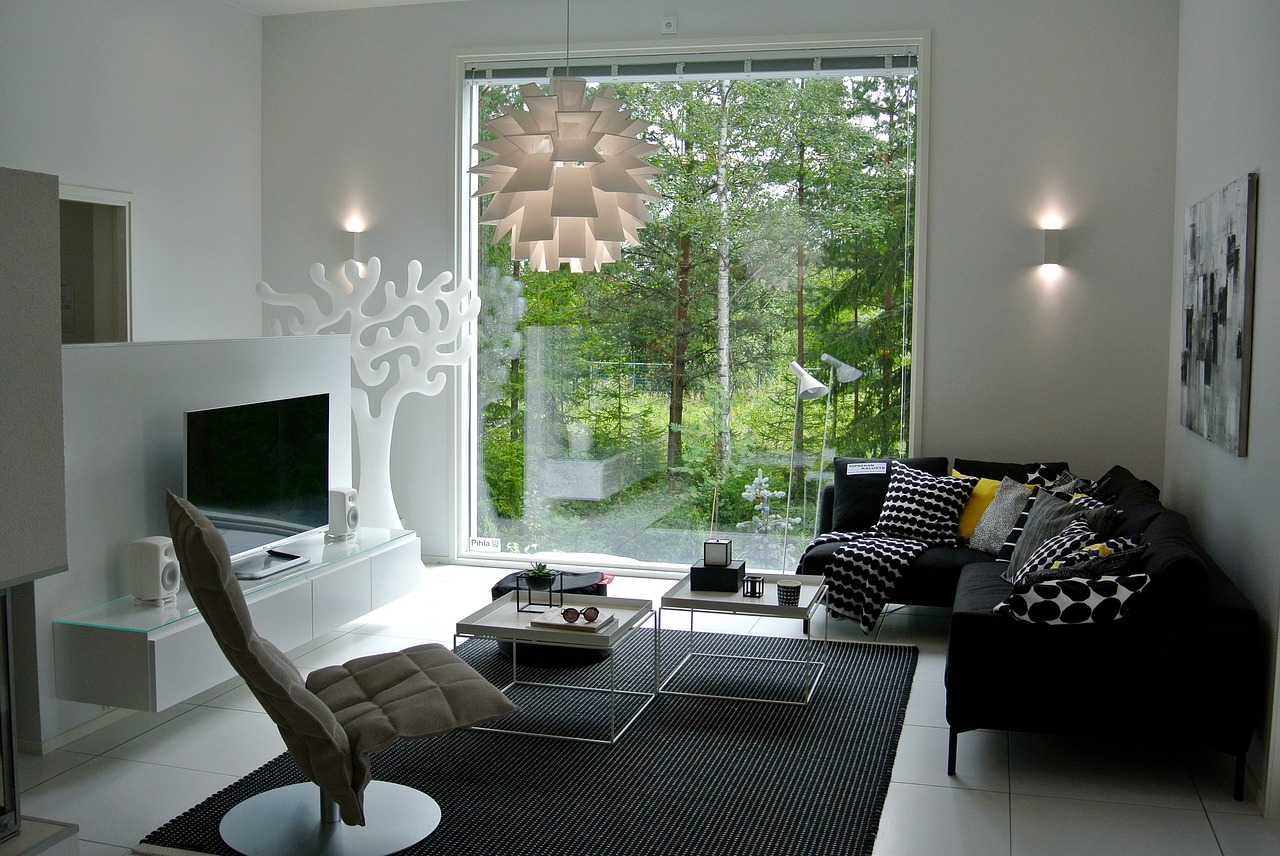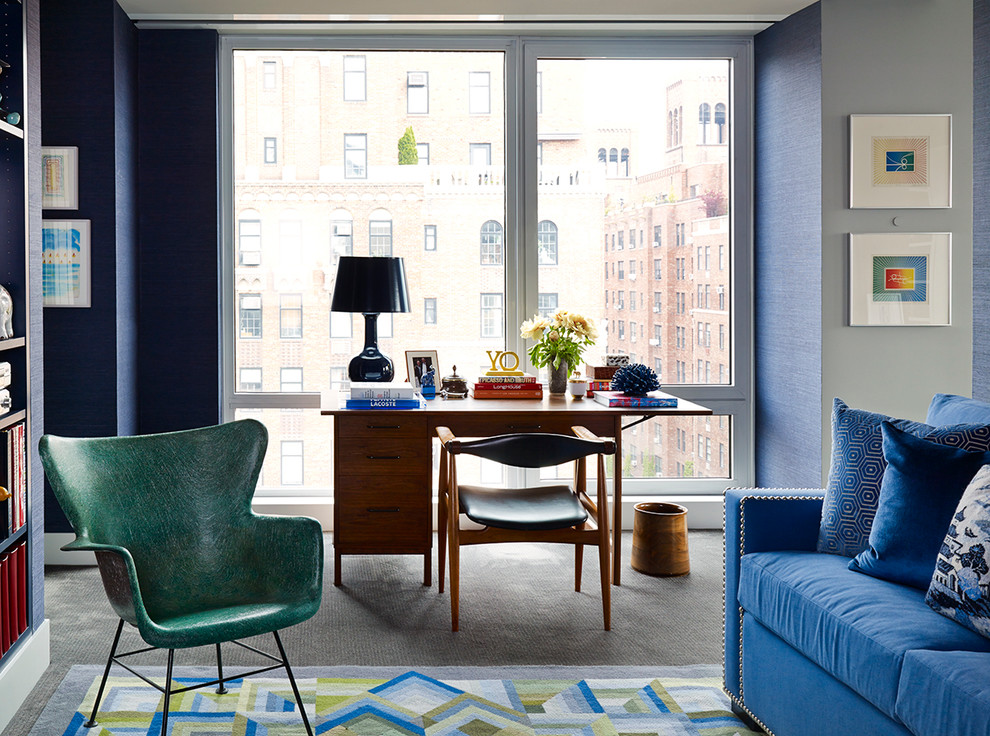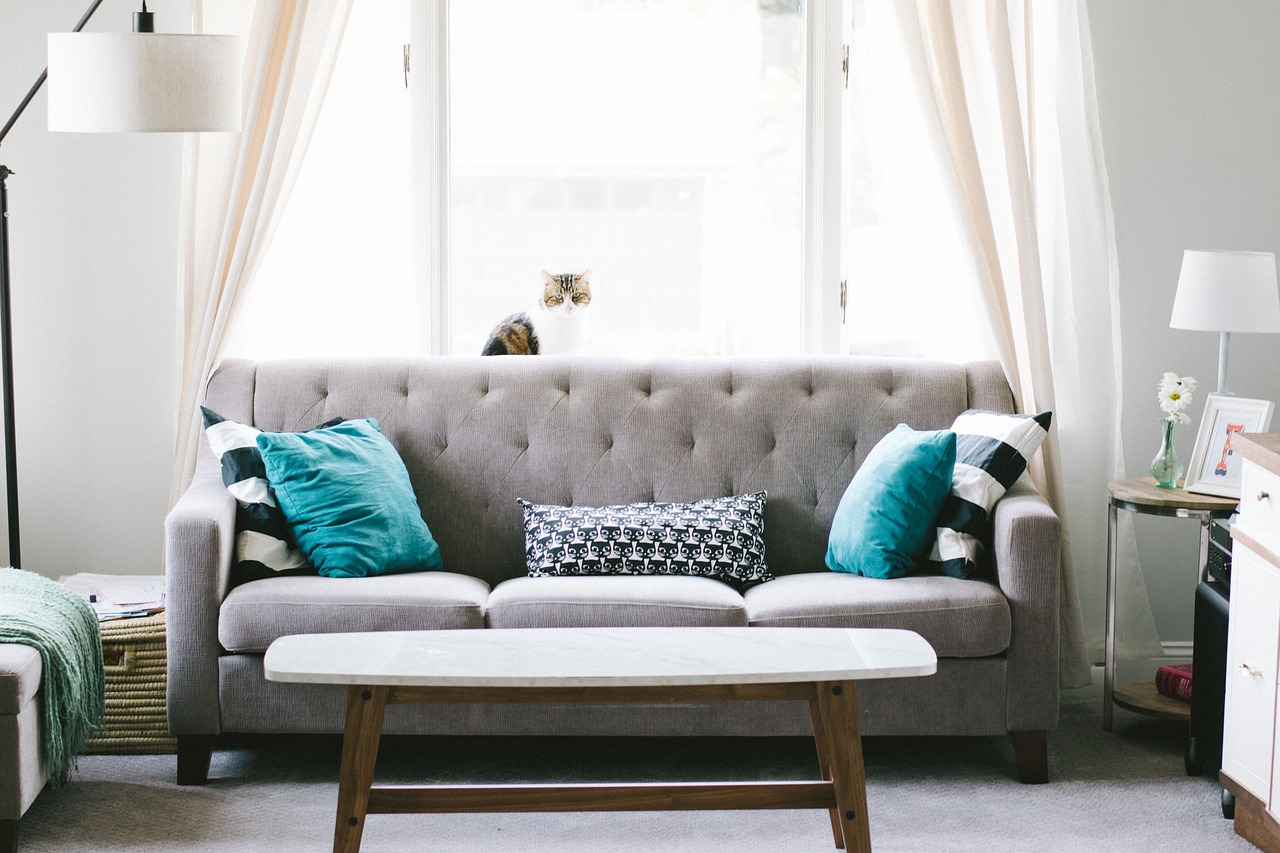If you’ve dipped your toe into the waters of wellbeing and lifestyle trends over the past five years, chances are you’ve come across the term ‘hygge’ before.
For those who haven’t (and for those who need a recap) ‘hygge’ is a Danish and Norwegian word that roughly translates to an all encompassing feeling of cosiness and contentment. It is a core facet to many Scandinavian communities’ way of life and is particularly central to Danish culture. Hygge teaches the importance of cultivating happiness and positive mental health, by creating environments which are comforting to all our senses.
Vaccine roll-outs, and the ‘return to normal’ they represent, have meant many of us entering the Spring with a new-found sense of hope. In light of this, many people who have been staring at the same four walls for the best part of last year are anticipating returns to their office in 2021, having spent most of 2020 working remotely to help curb the spread of the coronavirus.
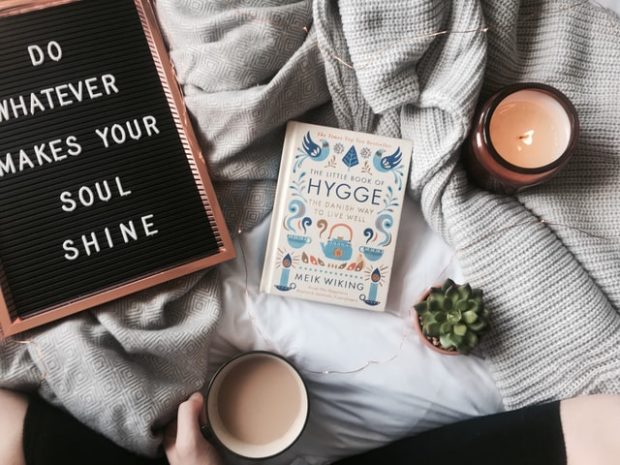
However, last year’s ‘stay at home’ orders revealed a new way of approaching working life that will remain a facet of many workplace structures, even when it is safe to return to offices. For thousands of UK companies and their employees, the switch to remote working has revolutionised the way in which business is conducted. Employers have found that hiring remote workers as opposed to in-office staff has meant increased productivity levels and reduced costs. Equally, people who previously worked in offices have found that the switch has meant more flexibility, money saved on commute costs and more free time.
Blurred lines
But, while all these factors have worked to promote the happiness of many busy professionals, this switch has also meant that others have seen a deterioration in their mental wellbeing. As divides between work and personal spaces have become less obviously defined (and in many cases, non-existent) so has our ability to separate the two in our minds. The nature of the world many of us now live in, where it is normal to have to study, work, exercise, socialise and relax in the same room, means that the lines between our personal and professional lives have become blurred. Because of that, many of us are struggling to rekindle our balance and find a sense of internal happiness and peace.
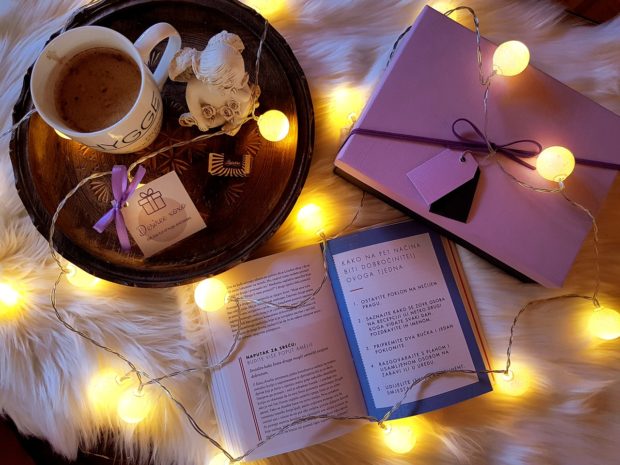
This where hygge comes in. The beauty of this Danish way of life is that it has no boundaries. It teaches that cosiness can be cultivated no matter where you are, and no matter what budget and time limits you’re working with. The concept is about developing healthier habits when it comes to work-life balance and space separation and, at a time where many people are finding it difficult to achieve this, it can provide some much-needed short-term and long-term stress relief.
Cultivating cosiness
While Danish practices lay out some basics when it comes to creating a ‘hyggeligt’’ environment, the central take home point to keep in mind is that hygge is subjective. Things you may find comforting may not be comforting to the next person, and vice-versa. Because of that, you should focus on adding decorations, furniture and furnishings that make you, personally, feel relaxed and content.
Create boundaries
Creating some separation between your work and personal space is key to helping you find a sense of balance, and restoring your mental health while working remotely.
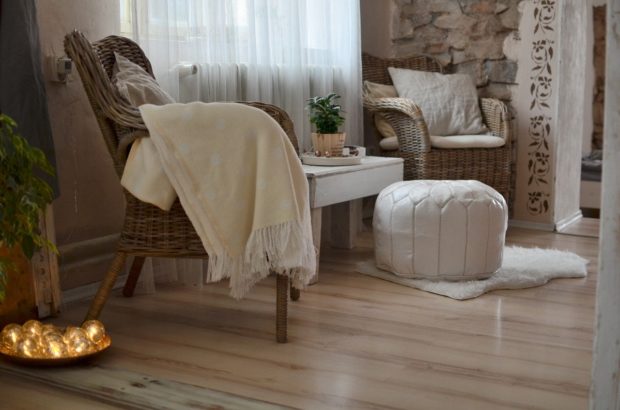
For those of us living in small apartments and studio flats, it’s not always possible to have a whole room dedicated to being a home office — though this is advisable if you have the option. If you live in a shared space/smaller accommodation, you can create boundaries easily between the two with a number of different options.
- A folding desk. Buying a desk can be a great investment if you want to create a workspace that is separate from your living space. Folding desks are ideal options for people on a budget and those with limited space. They can be bought for as little as £30 and easily moved in the evenings/weekends.
- Changes in lighting. Changing your lighting when you’re working can do wonders for helping you draw a line between work-time and relaxation time. Use dim lighting, like shaded lamps, fairy lights or candles in the evening and spotlights and main room lighting during work hours.
- Different colours. Implement different colour schemes in your work and living space, to differentiate them. Research shows that oranges and yellows improve productivity, while earthy tones and soft blues are more associated with relaxation — but you can use any scheme that speaks to you. You don’t need to paint or redecorate to get this effect. Use different coloured/style throws, candles and wall art in your different spaces.
- Different smells. Just like your colours, you can use fragrances to differentiate between your two spaces. Candles, reed diffusers and incense burners are a great, inexpensive way to do this. Burn candles while you work that reflect productivity in whatever way that means to do — citrus fragrances are shown to increase creativity for example. Then, in the evening, replace them with smells that you associate with relaxing and de-stressing. This could be lavender, or eucalyptus, for instance.
- Create an ‘end of work’ ritual. Physically put your books, pens, and other work-related objects away once you’re finished for the day. Change your throws. Put on a relaxing candle and make a point of turning on your ‘evening’ lighting.
Focus on every sense
When redecorating or redesigning any space, whether it be a living area or a home office, you should incorporate furniture or items — whether big or small — that please each of your senses.
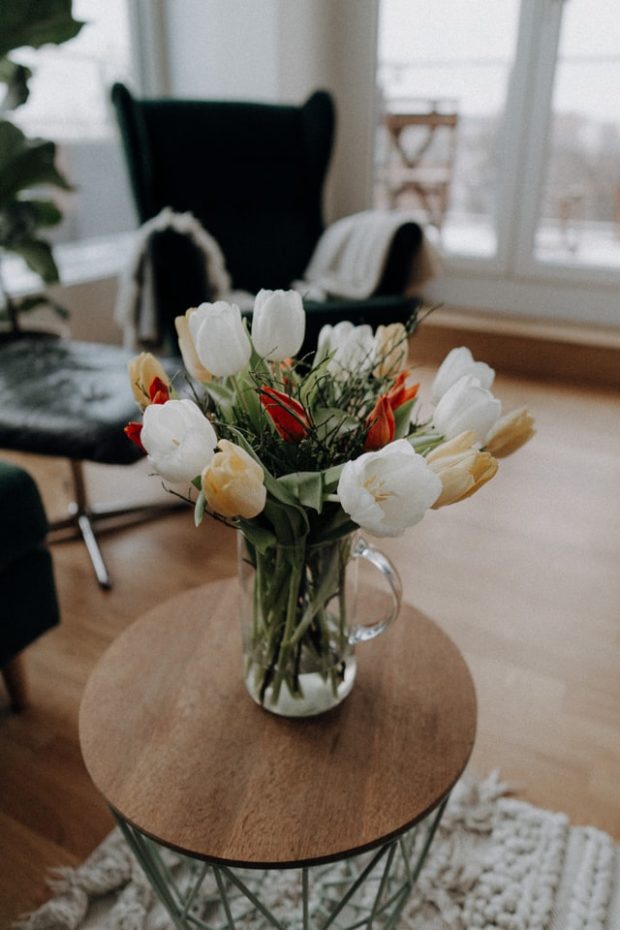
Hygge is about more than making your space look pretty. It also has to feel pretty, and smell pretty. Incorporate super-soft throws, cosy rugs and feathered cushions to make your space as soothing as possible and position candles, incense burners and vases of flowers to keep your nose happy. We recommend trying to tick off every sense when thinking about your new decor; that could even mean adding in accessible displays of food or drink, be that with well-positioned fruit bowls, wine-racks or coffee-makers.
Indulge your inner child
Playing with nostalgia can really help make your space more hygge; after all, childishness and play are central to stress-relief, which is what hygge is all about. Try to incorporate elements that feed your inner child. That might be a bookshelf with your favourite childhood fairytale books on, or hanging lights that remind you of your 9-year old bedroom’s fairy light setup. Whatever it is, make it specific to you; nostalgia is subjective after all!
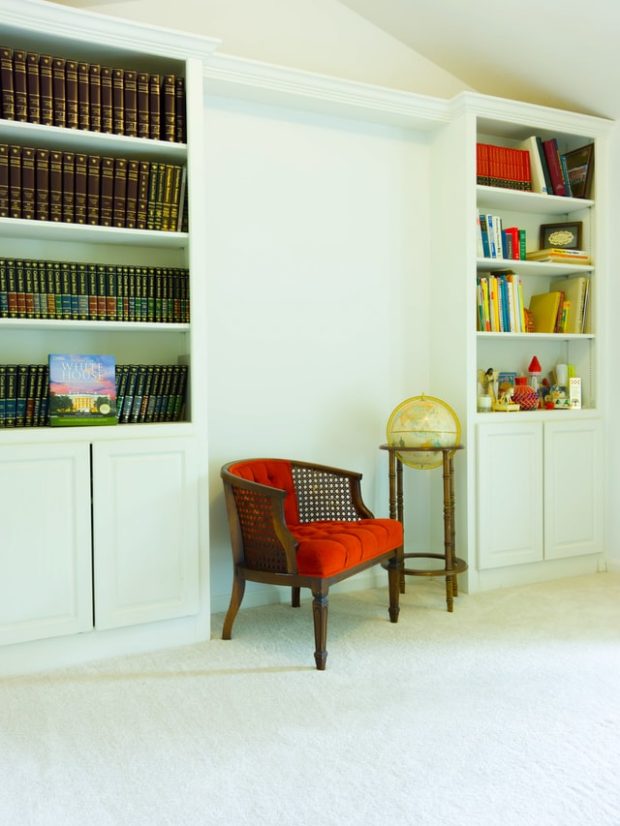
Build a fire
True Nordic tradition teaches that a fireplace is central to hygge. To cultivate a feeling of content families and communities build and sit around a fire, with the sound, smell and warmth of the flames and crackling firewood helping them focus on a sense of being in the present. While you may not be able to build a fireplace in your own home, there are plenty of alternatives. Options include portable electric fires or chimineers for outdoor areas. Large candles, placed on coffee tables, can also help to simulate the experience of a fire, especially with the lights dimmed. You could even try streaming one of Netflix or Amazon Prime’s ‘Fireplace for your Home’ shows while burning a bonfire, oakwood or beechwood candle.
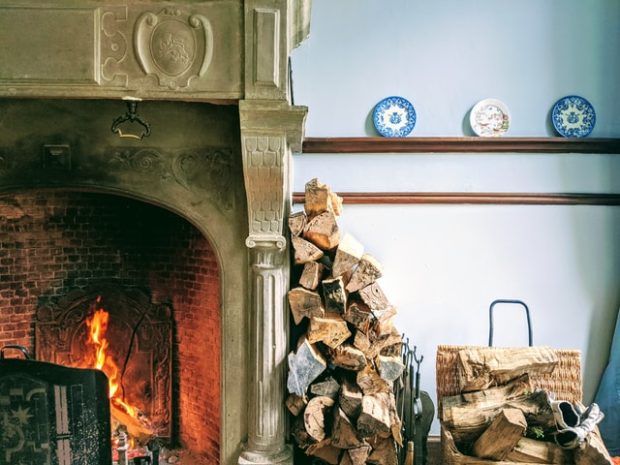
Luna Williams writes for First Choice Extensions

